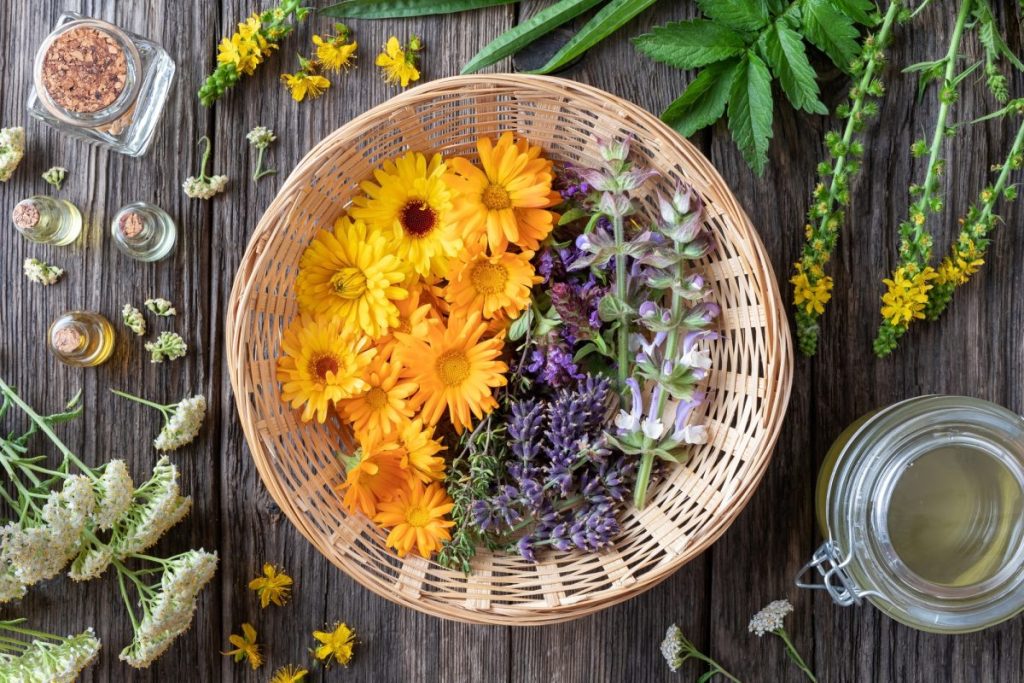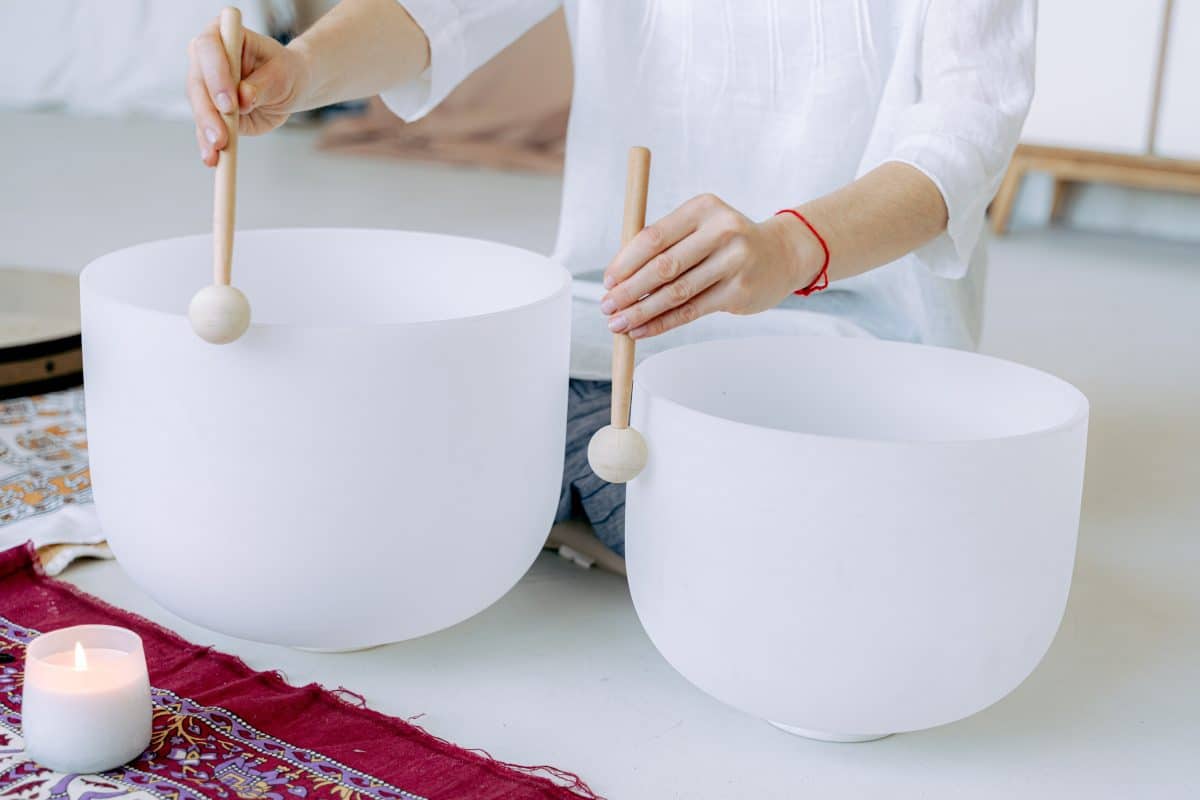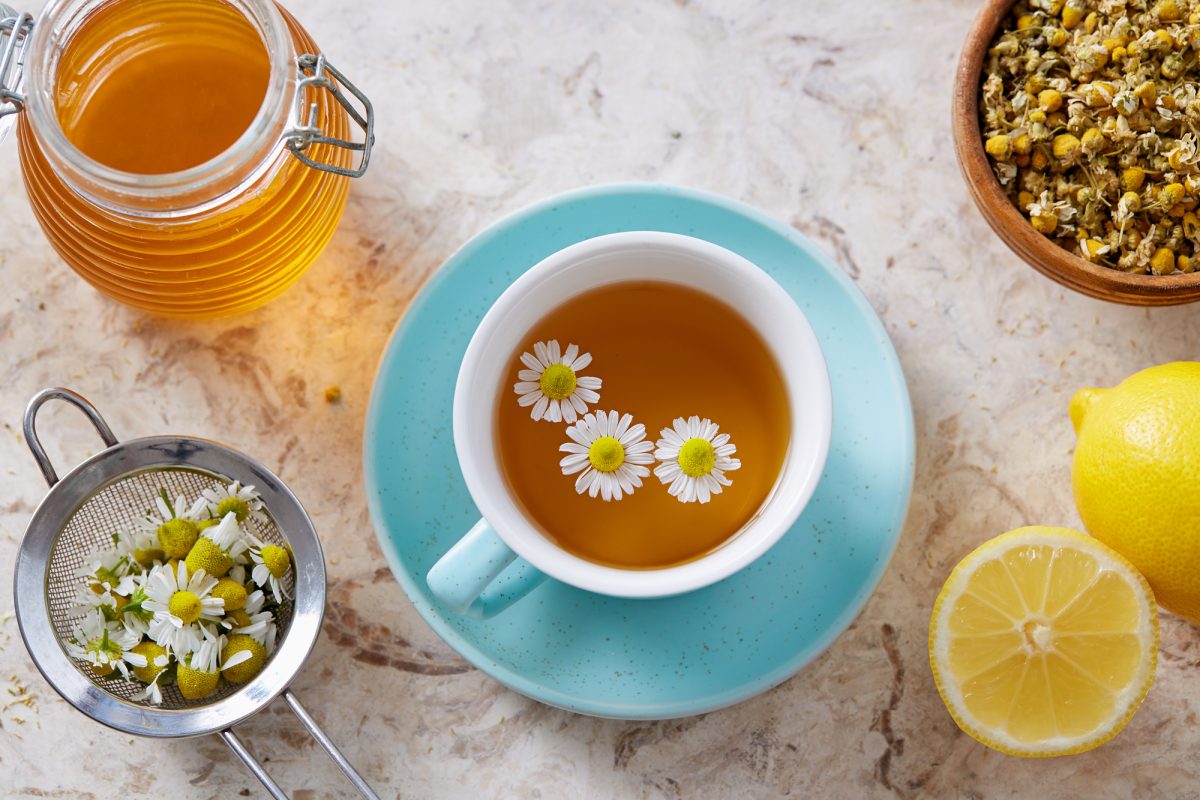Herbalism in Witchcraft: A Green Thumb’s Guide to Magic
In the heart of witchcraft lies a deep reverence for the Earth and its abundant gifts. It is from this wellspring of natural wisdom that herbalism, a significant aspect of witchcraft, flows.

Table of Contents
The Roots of Herbal Magic: History and Significance
Before there were pharmacies and modern medicine, people turned to nature for remedies. Plants, herbs, and roots held potent healing properties, which our ancestors discovered and utilized in their daily lives. These natural remedies have since been woven into the fabric of witchcraft, contributing to its rich tapestry. Herbalism in witchcraft is a practice that weaves together a deep knowledge of plants and their magical properties. This connection is an integral part of many witchcraft traditions, contributing to its unique appeal.
Understanding the Language of Plants: Herbal Symbolism in Witchcraft
Every herb carries its own symbolism and energy, known as its “correspondence” in the witchcraft lexicon. For instance, rosemary is associated with remembrance and protection, while lavender is often used for love and peace. This symbolism is crucial in herbal magic, as the energy of the plant aligns with the intent of the spell or ritual.
Making Magic: Using Herbs in Spells and Rituals
Herbs can be used in a myriad of ways in spells and rituals. They can be incorporated into spell jars, charm bags, incense, tea, baths, and more. The possibilities are as endless as the variety of herbs available. It’s important to remember that when creating any form of herbal magic, it’s not just the physical properties of the herb at work, but also its spiritual energy.
Planting the Seeds of Protection: Witch’s Garden and Protective Herbs
One of the most rewarding aspects of herbalism in witchcraft is cultivating your own witch’s garden. This gives you the opportunity to grow your own herbs and form a deeper connection with them. Certain herbs like rosemary, rue, and basil are renowned for their protective properties and are excellent additions to any witch’s garden.
A Dash of Divination: Herbalism in Tea Leaf Reading
Apart from their use in spells and rituals, herbs also play a significant role in divination practices such as tea leaf reading. Certain herbs like chamomile, mint, and rose petals are commonly used in divination teas, adding another layer to the rich tapestry of herbalism in witchcraft.
Sustainability and Ethics: Foraging and Harvesting Herbs
Herbalism isn’t just about using herbs for magical purposes; it’s also about respecting nature and understanding our impact on the environment. When foraging and harvesting herbs, it’s crucial to do so sustainably and ethically, ensuring we leave no harmful footprint behind.
Herbalism in witchcraft is a vast and varied field, teeming with knowledge waiting to be discovered. Whether you’re casting spells, brewing potions, or seeking wisdom in a cup of tea, the magical world of herbs awaits. Remember, the journey into herbalism is a deeply personal one, and there’s no ‘right’ or ‘wrong’ way to approach it. Trust your intuition, respect the earth, and let the magic unfold.
So, whether you’re a seasoned practitioner or a beginner witch, herbalism holds a treasure trove of knowledge waiting to be unearthed. It is our hope that this guide serves as a stepping stone on your magical journey. Embrace the wisdom of the Earth, and let the green magic guide you.






